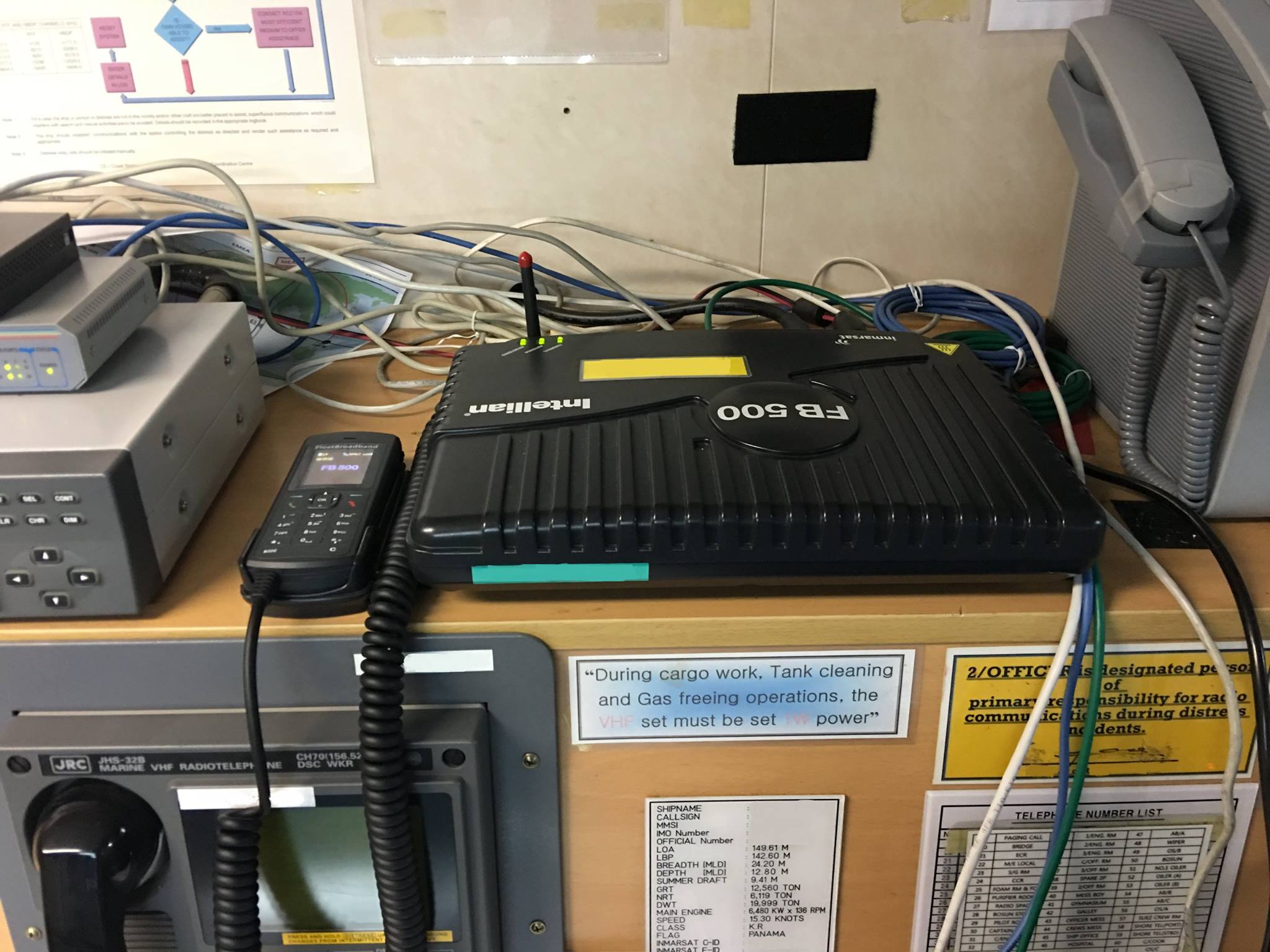
Fleet Xpress
Categories
Boat Communication System for Marine Applications
Full Suite of 3G/Radio/Satellite Communication Solutions

Boat/ marine communication system
We are a leading provider of advanced communication solutions, including boat/marine communication systems. In the maritime industry, communication plays a vital role in ensuring the safety and efficiency of operations at sea. A boat/marine communication system refers to the integrated network of devices, equipment, and protocols designed to facilitate reliable and seamless communication between vessels, shore stations, and other maritime entities.
Communicating with people when on land is not a difficult task. You just key in a number in your cell phone and you are connected to the desired person. The service is easy, fast, and reliable. Cell phones have stipulated towers to send and receive signals up to an approximate range of 1-5 miles. When we are in a place where there are no cell phone towers? Satellite services are the answer for a "No tower" communication system. A satellite service connects directly to the satellite without the use of any physical tower. You can make a call from any place on the surface of the earth, provided you are under a clear and unobstructed sky.
How is satellite used for communication?
Satellite technology forms a crucial component of boat/marine communication systems. Satellites enable long-range communication over vast expanses of water, where traditional terrestrial networks may not be available or reliable. Through the use of geostationary or low-earth orbit satellites, boat/marine communication systems can establish voice, data, and video connectivity across oceans and remote maritime regions. Satellites act as relay stations, receiving signals from vessels and relaying them to terrestrial networks or other vessels, enabling real-time communication.
What communication systems are used in the maritime industry?
Several communication systems are employed in the maritime industry to ensure effective communication between vessels and shore-based facilities. These include Very High Frequency (VHF) radio, which is commonly used for short-range ship-to-ship and ship-to-shore communication. VHF radio is crucial for safety purposes, such as distress signaling and collision avoidance.
In addition to VHF radio, boat/marine communication systems also incorporate other technologies, such as High-Frequency (HF) radio, which provides long-range communication capabilities. HF radio is useful for long-distance communication when VHF is insufficient due to range limitations. Furthermore, Global Maritime Distress and Safety System (GMDSS) is an internationally recognized set of communication protocols that ensures rapid and efficient distress alerting, search and rescue coordination, and general maritime safety information dissemination.
Benefits of deploying boat/marine communication systems
The benefits of robust boat/marine communication systems are manifold. First and foremost, they enhance maritime safety by enabling efficient communication in emergency situations, allowing for prompt distress signaling and coordinated rescue efforts. Effective communication systems also facilitate smooth operational coordination, improving efficiency and reducing the risk of accidents. Furthermore, these systems enable the efficient exchange of critical information such as weather updates, navigational data, and operational instructions, contributing to optimized voyage planning and decision-making.
We provide Satellite/3G/Wireless Connectivity for Maritime Applications. They are designed to provide reliable, secure, and cost-effective communication solutions to the maritime industry. We work with leading satellite operators and providers together with our 3G and wireless solutions to provide a comprehensive communication infrastructure. We can integrate Shipboard IT Infrastructure with the connectivity solutions on board to enable a Virtual Office Environment on the Ship. By leveraging satellite technology and a range of communication protocols, these systems ensure seamless connectivity, enhancing safety, efficiency, and operational effectiveness in the dynamic and challenging maritime environment.

